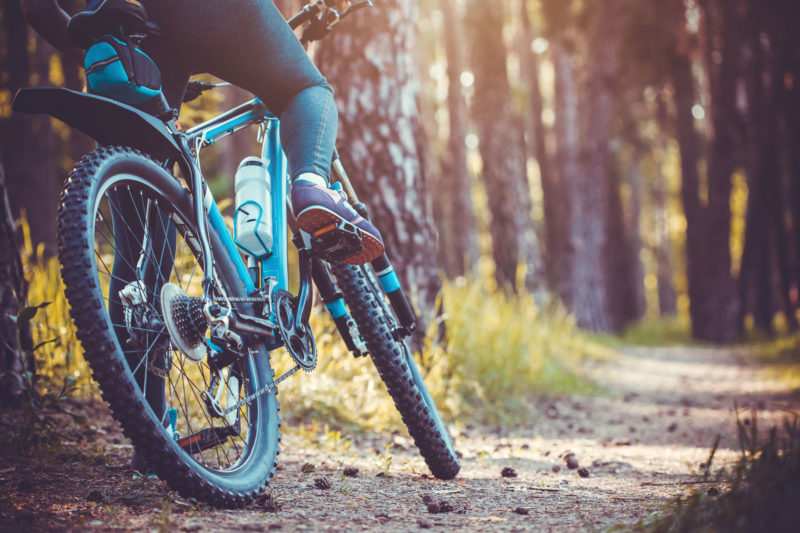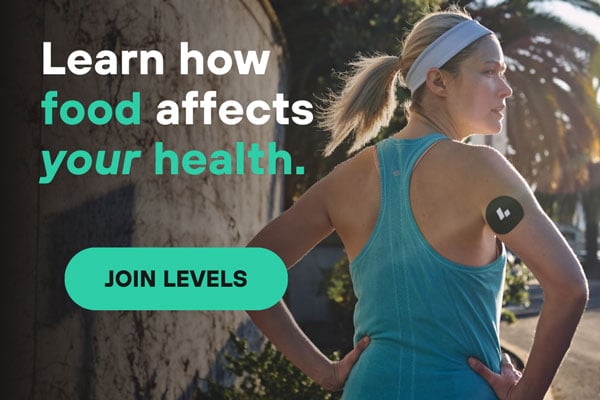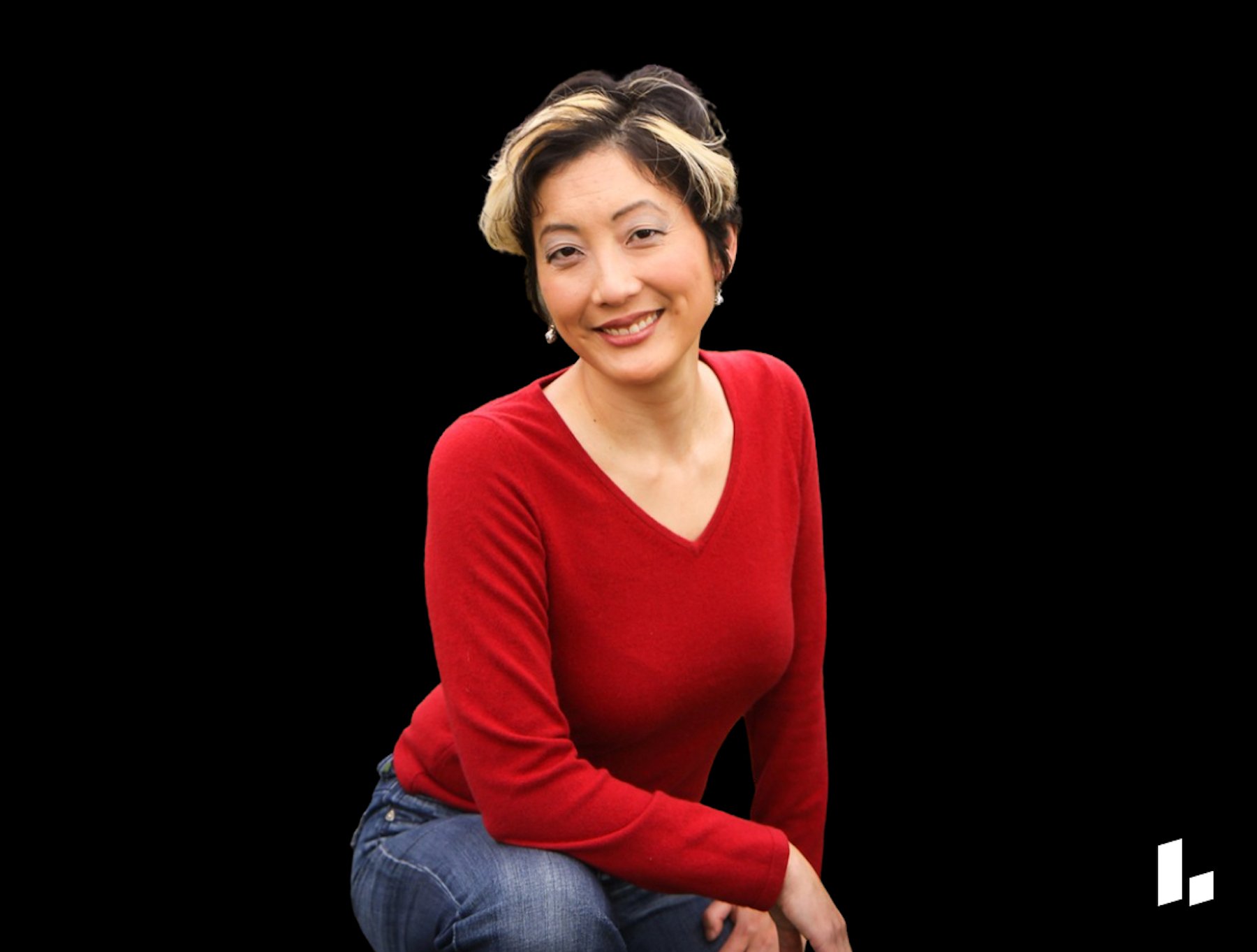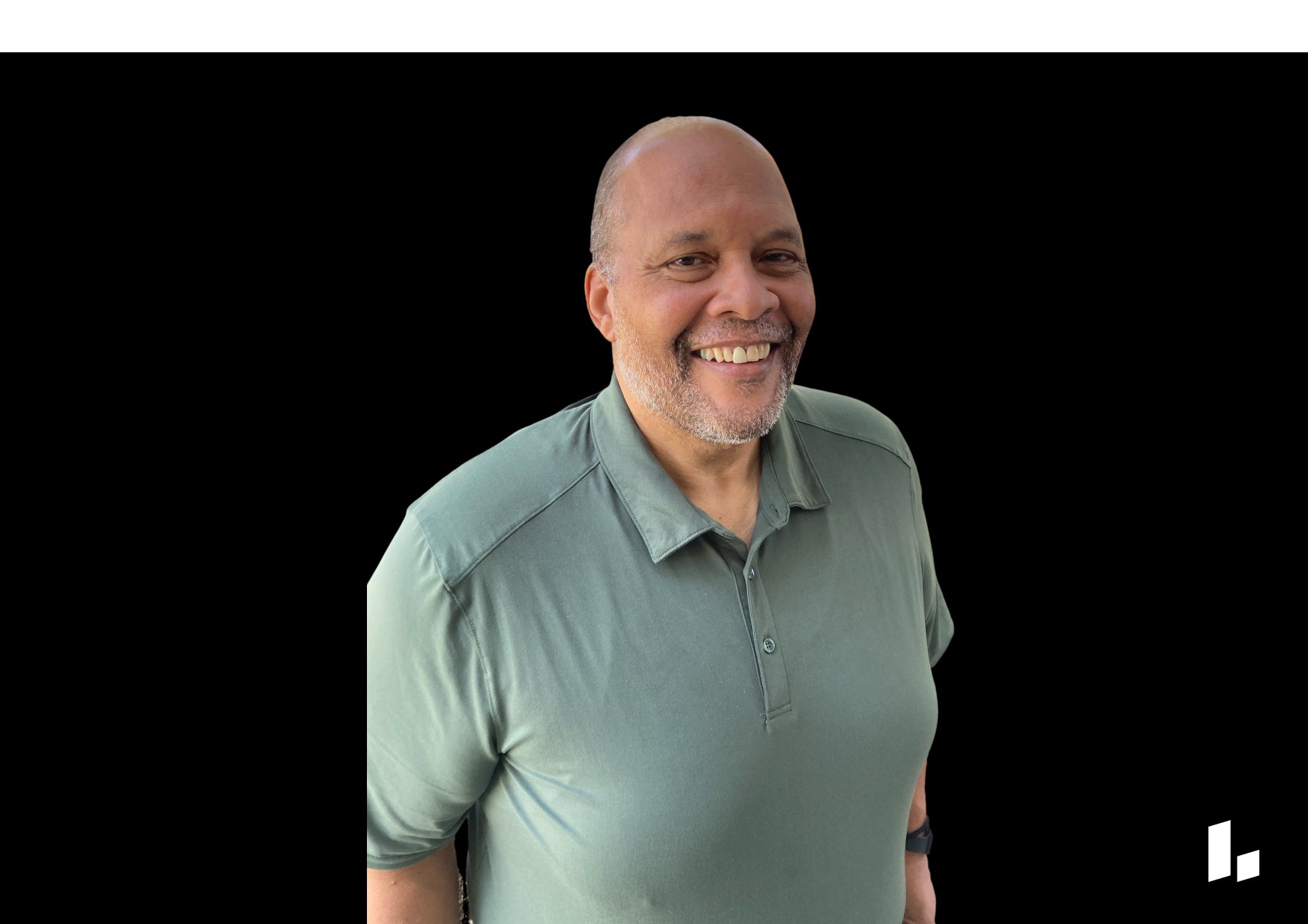Member Profile:
Who: Rian Edman, 33
Where: Boulder, CO
Time with Levels: One month
Most Useful Takeaway: Eating a fat-based snack 30 minutes before a meal helped blunt his blood sugar response to carbohydrates.
1. What was your health before using Levels?
I’ve always been active and outdoorsy, running, mountain biking, and hiking to stay in shape and eat as well as I can. In my late 20s, I noticed that I had very low energy on some days. Some mornings I didn’t have much motivation to get up and do anything. Or, I’d plan for an afternoon workout and couldn’t motivate myself to give it my all. I wanted to know what was going on in my body to make me feel so sluggish.
2. What made you want to put a CGM on your arm?
I listened to podcasts from Tim Ferriss, Peter Attia, and Ben Greenfield. During one of the episodes, I heard about Levels’ beta program, and I jumped to try it out. I had been eating a lot of “health” foods and wondered if I was making the best choices.
Learn more:
3. What surprised you about how your current eating habits affected your blood glucose?
I noticed I was quite sensitive to carbohydrates. Most carbs would provoke a significant glucose response, but there were two major ones that stuck out. Oatmeal had been a staple breakfast for me, but it really caused a spike. Sometimes I’d feel quite weak and jittery after eating oatmeal. I thought it was the caffeine in the coffee I was drinking with breakfast. After looking at the CGM, I realized that those feelings were caffeine induced. Now, for breakfast, I started making a low-glycemic smoothie with blueberries or strawberries (through experimentation, I learned that I didn’t have a big response to these berries), whey protein, and flaxseed. I also still drink coffee in the morning, but I don’t get the same strange jittery feeling I did after oatmeal.
Acai bowls caused a spike, too—and I’d eat these on occasion, thinking I was being kind to my body. Even eating a ton of rice or pasta did not spike me the way an acai bowl did.
Dates and honey were often used as healthy sweeteners in my foods, but those spike me as well. Now, I’ve gravitated towards using sugar substitutes, such as erythritol.
4. Were there any teachings from Levels that helped improve your habits?
I try to eat a small fat snack 30 minutes before my meal. Some of my go-to’s are a handful of nuts or cheese. This slows down my digestion and reduces the severity of my blood sugar spike. I also aim to go for short walks after each meal. On the CGM, I definitely notice this blunts the spike and reduces the area under the curve.
These two changes made it possible to incorporate some carbs into my diet. I tried a bunch of different carbs, such as white versus brown rice, hoping that I would find one that didn’t raise my blood sugar as much. While eating brown was a bit better, the best thing I did was eat my pre-meal fat snack and go for a walk after.
There was also a point where I tried a full keto diet. My overnight fasting glucose decreased by 10 mg/dL, but I felt awful. It may have been because I hadn’t entered into ketosis yet, but I didn’t want to feel that way anymore. I decided that keto is not right for me. I do appreciate how using the CGM helped me discover these tricks for eating carbohydrates while managing my blood sugar response better.
5. What results did you notice after changing your habits?
Over time by making those changes, I noticed I had more energy in the afternoon. Though I would have liked to wear the CGM for longer, four weeks was a good amount of time to conduct a lot of experiments. I feel good having this baseline of data on how my body reacts so I can continue to apply these lessons even if I’m not wearing the CGM right now.










